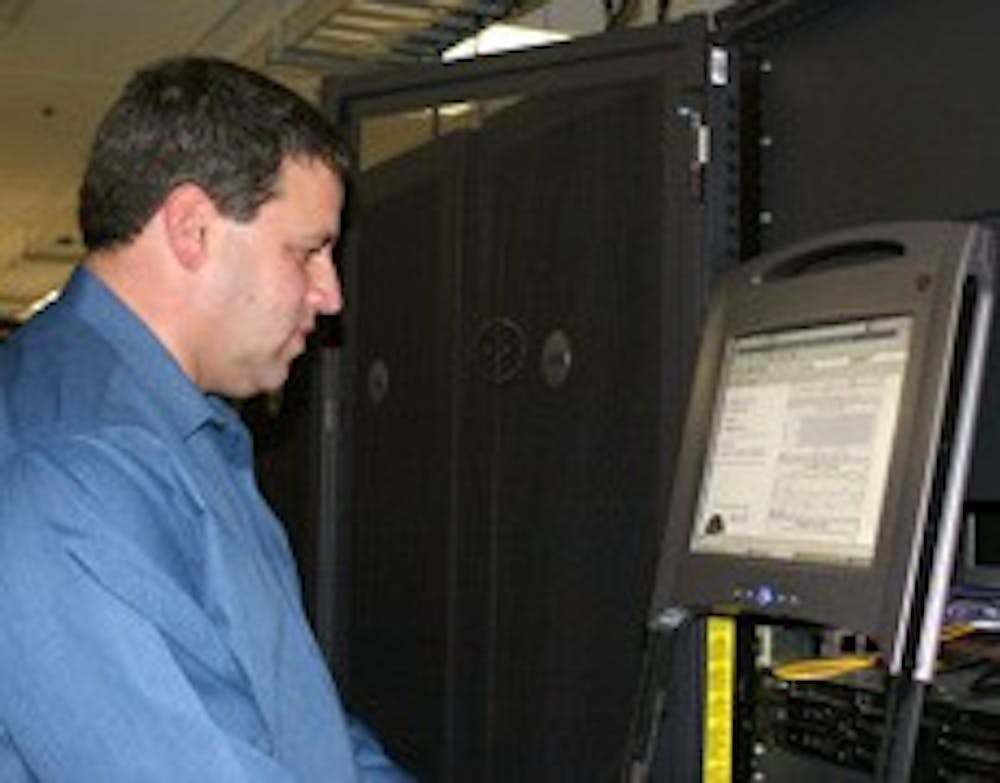A group of ASU researchers have helped create the most powerful supercomputer available to scientists in the world.
Ranger, the supercomputer, will be available to the scientific community to work on problems that would be too complex or expensive for experiments to solve.
"Ranger's unprecedented scale lets us look broader and deeper into science questions," said Doug Fuller, operations manager of the High Performance Computing Initiative through the Fulton School of Engineering.
Fuller said Ranger can complete 500 trillion operations in a second, making it twice as fast as all of the other open-science computers in the country combined, and one of the fastest computers in the world.
"It lets us do things on a much larger scale than ever before," he added.
Ranger can run complicated computer simulations of various problems. Fuller said some current projects include models of how the universe began, worldwide climate changes and how chemical reactions work in the human body.
"Through computer simulations, we can imagine possibilities that do not exist yet," Fuller said.
Though Ranger is located in Austin, Texas, ASU has been involved from the beginning, working on how to use and apply the new technology.
Last week, ASU hosted a training program at the Decision Theatre for scientists from across the country about the possibilities of Ranger and how to use it.
"They were astonished at the new capabilities they would have with such a large machine," he said.
While other supercomputers can look in terms of miles, Fuller said, Ranger can look at inches. And, instead of focusing on temperature in one area, Ranger can look at global temperatures.
Fuller said Ranger has applications from engineering to social sciences.
"It enables us to ask questions experiments themselves don't always have the answers to," he said. "It lets us design potato chips to golf balls."
As a program runs on Ranger, its 60,000 processors must work together, Fuller said.
"With that many electrical components, there are a lot of challenges to overcome," he added.
A team of hardware and software engineers worked with implementers on the National Science Foundation grant that funds Ranger, Fuller said. Ranger is the first in a series of large-scale supercomputers the Foundation plans to fund.
Dustin Franklin, a computer science sophomore, said the supercomputer sounded like a waste of money.
"How long is that going to be current before [it becomes obsolete]?" he said.
But Jonathan Yonker, a computer systems engineering junior, said the supercomputer was a "great thing."
"I think it's huge because it's a more realistic technology for the future," he said.
He added that he could see many benefits with the use of the computer.
"There's so much research we could be doing if we had more processing power," Yonker said.
As the program develops, Fuller said ASU will continue to be involved with training and troubleshooting.
"We're going to bring as many scientists on board Ranger as possible," Fuller said.
The State Press's Matt Culbertson contributed to this article.
Reach the reporter at: claudia.koerner@asu.edu.




